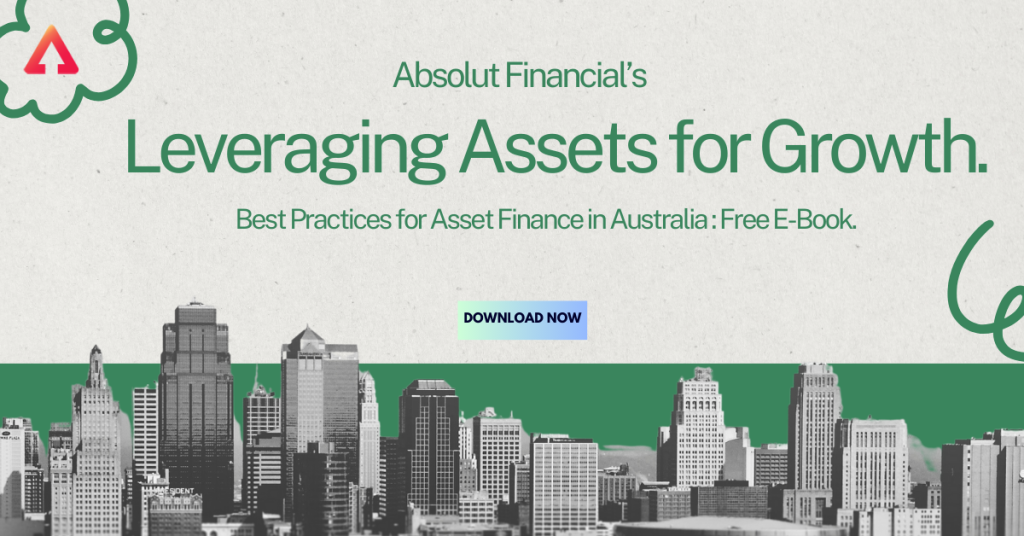Asset finance is a vital tool in the arsenal of Australian businesses, large and small alike. It allows for the acquisition of necessary equipment and assets without the upfront capital expenditure that can strain cash flow. In a rapidly evolving market, staying ahead often means having the latest technology and equipment at your disposal. Asset finance makes this possible, offering flexible and often cost-effective ways to upgrade and maintain a competitive edge.
In this guide, we’ll explore the various forms of asset finance available in Australia, discuss their benefits, and provide best practices for managing these financial tools effectively. We’ll also look at real-world examples to illustrate how asset finance can be a game-changer for business growth.
Understanding Different Asset Finance Options :
- Lease Financing: Operating Lease: Ideal for businesses that require equipment for a specific period. The lessor retains ownership, and the business pays a rental fee for the use of the asset.
- Finance Lease : Similar to an operating lease, but typically involves a longer-term commitment and may offer an option to purchase at the end of the lease term.
- Hire Purchase Agreements: This option allows a business to hire an asset for a period while paying installments. Ownership of the asset transfers to the business once all payments are made.
- Chattel Mortgage: A popular choice for businesses that wish to own the asset from the outset. The lender provides funds to purchase the asset, and the business makes regular repayments. The asset is used as security for the loan
Evaluating the Benefits of Asset Finance :
Asset finance offers several advantages, making it an attractive option for many businesses:
- Improved Cash Flow Management: By avoiding large upfront costs, businesses can maintain healthier cash flow, allocating resources to other critical areas.
- Access to Latest Equipment: Regular upgrades are more feasible, ensuring access to the latest technology and equipment.
- Tax Benefits: Depending on the finance structure, payments can often be tax-deductible.
Best Practices for Asset Finance Management :
To maximize the benefits of asset finance, consider the following best practices:
- Cost-Benefit Analysis: Assess the total cost of financing against the expected benefits. Consider the impact on cash flow and the potential return on investment.
- Right Finance Option: Each business has unique needs. Evaluate which asset finance option aligns best with your business model and financial goals.
- Understand Terms: Carefully review the terms and conditions of the finance agreement. Be aware of interest rates, repayment schedules, and any potential penalties.
As we have explored, whether it’s through lease financing, hire purchase agreements, or chattel mortgages, each option comes with its unique advantages and considerations. The key lies in choosing the right finance solution that fits your business model and long-term goals. Conducting thorough cost-benefit analyses, understanding the intricacies of your chosen finance option, and staying informed about the latest trends and changes in the asset finance landscape are crucial steps in this journey.
To delve deeper into the world of asset finance and uncover more insights and strategies for leveraging your assets effectively, we invite you to download our free e-book. This comprehensive guide is designed to provide you with in-depth knowledge and practical tips to navigate the complexities of asset finance in Australia. Equip your business with the right tools and knowledge to thrive and grow. Download your free copy today and take a significant step towards realizing your business aspirations.

